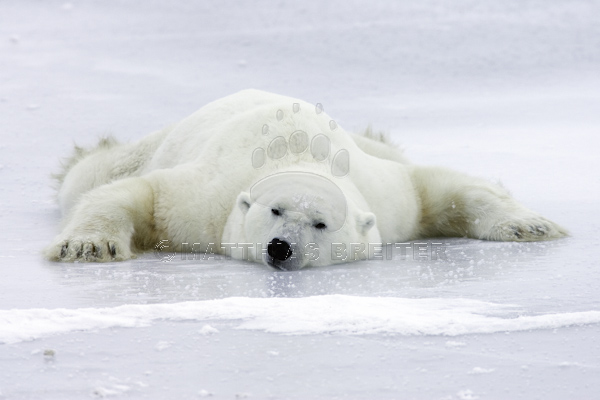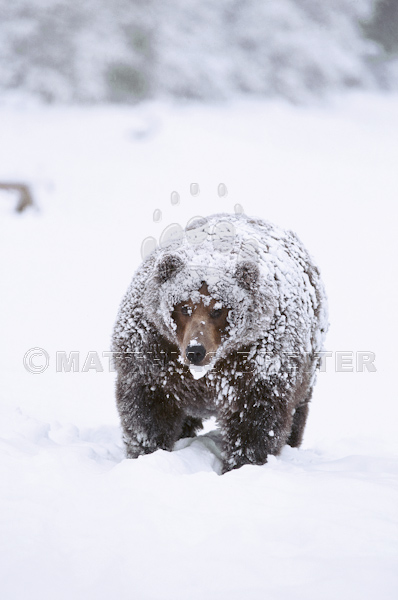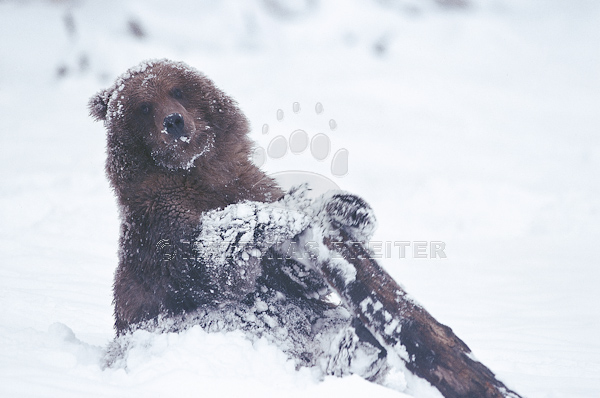Some interesting things you may not have known about hibernating…

Polar Bears:
- With the exception of pregnant females, polar bears do not hibernate in the winter, but roam across the sea ice in search of food.
- Polar bears go into a state of ‘walking hibernation’ during the summer months – they do not enter a den but their metabolic rate is reduced.
- They can switch readily between their active state and walking hibernation based on the availability of food- an ability that is exclusive to the polar bear.

Black Bears and Grizzlies:
- Contrary to popular belief, it is not the cold temperatures that drive black bears and grizzlies into hibernation, it’s the lack of food. Bears in the zoo will not go into hibernation during the winter if they continue to be fed.
- Bear gall bladders are used in traditional Oriental medicine to treat jaundice, abdominal pain and distention, often caused by gallstones. Research has revealed that bear bile contains a substance called ursodeoxycholic acid (UDCA), which will dissolve certain kinds of gallstones without causing substantial side effects. Today UDCA is produced synthetically for use in hospitals and as a prescription drug.
A bedridden person will suffer from muscular atrophy within a short time – weightlessness in space causes the bones of astronauts to weaken – even other mammals show a continuous loss of body protein when fasting – how do bears manage to stay curled up in their dens for months, and yet experience little loss of muscle mass or bone strength?
“…How bears maintain bone density is unknown. It is hormonally related, but how the biochemical processes work has yet to be discovered. Maintenance of muscle mass is accomplished through an almost complete recycling of metabolic waste products into proteins. This also prevents metabolic waste from accumulating and reaching toxic concentrations. we need to drink and urinate to flush nitrogen compounds out of our system. Otherwise, altered pH levels in the cells would cause our metabolism to collapse. The kidneys are in charge of detoxifying the body, and people with kidney disease or kidney failure depend on frequent dialysis to stay alive. If we could understand how bears recycle their metabolic wastes, the lives of many could be improved.
Their physiological feats have made bears popular research subjects for human medicine. The results of this research my provide new medications and treatment for diseases such as osteoporosis and kidney failure. The discovery of the hibernation induction trigger (HIT) may prove to be a milestone in organ transplants. Tissue deterioration results in as many as 20 percent of donor organs to be discarded. However, if the donor organs are perfused with HIT, tissue deterioration is slowed down threefold. There are other possible applications for HIT as well. A monkey injected with HIT fell asleep for six hours, it’s heart rate and body temperature dropped, and its appetite was depressed for almost a week. This suggests that probably all mammals, including humans, are responsive to HIT. If so, the hormone might prove useful in treating various conditions such as obesity and insomnia.”

Bears: A Year in the Life Chapter 10 – The Long Sleep

Speak Your Mind